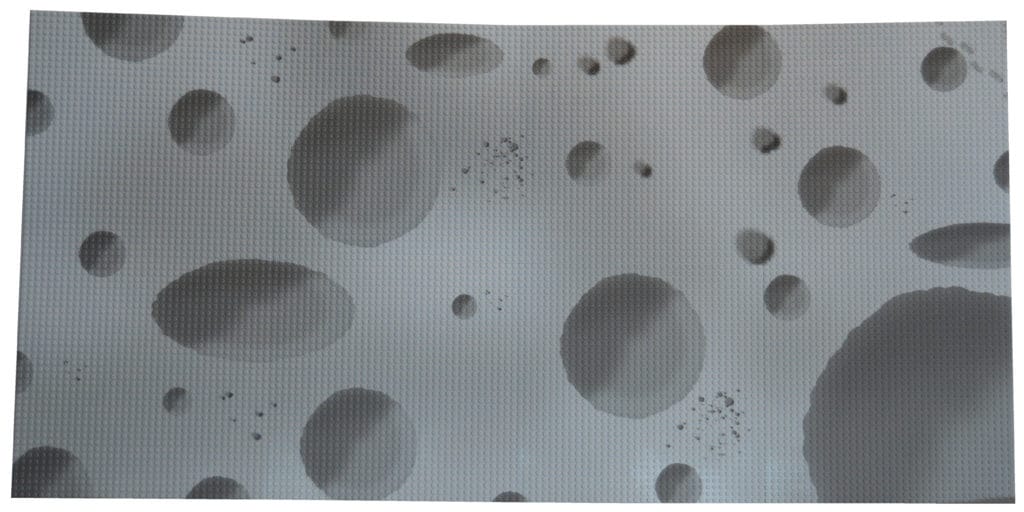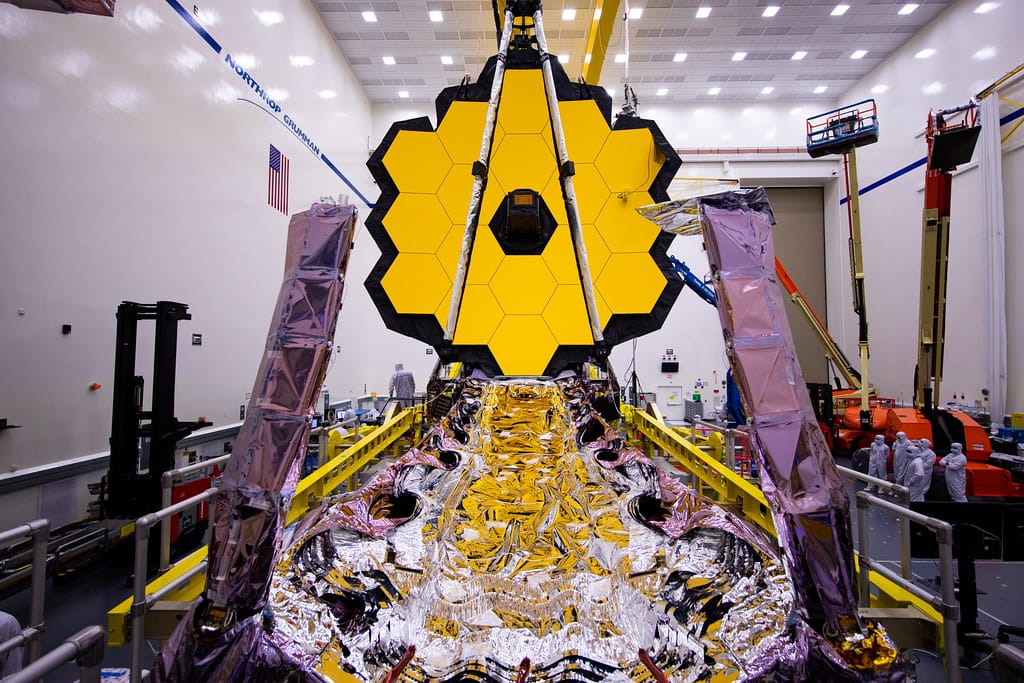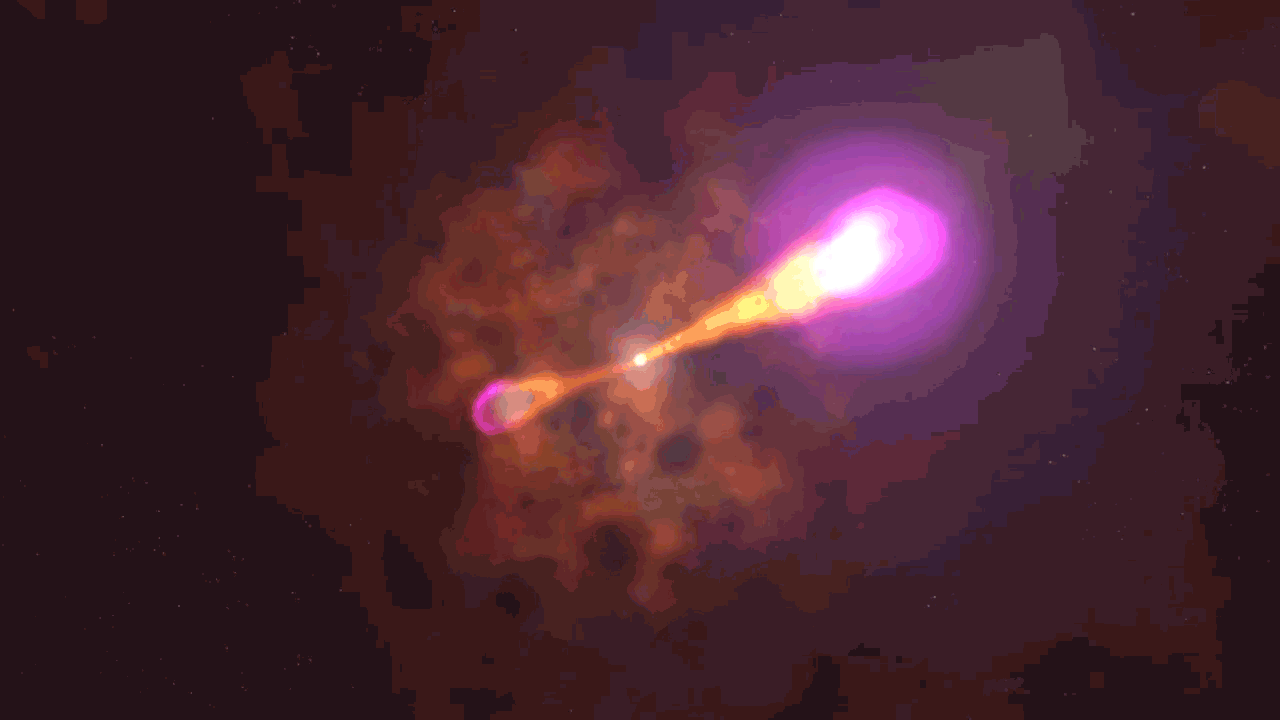For decades, the Moon has been considered a geologically dormant world, its surface pockmarked by ancient craters and devoid of significant tectonic activity. This perception stemmed from the lack of observable volcanic eruptions or seismic events on the lunar surface. However, a groundbreaking study published in the prestigious journal Nature has cast doubt on this long-held assumption, revealing compelling evidence that the Moon may not be as lifeless as previously thought.
The research, led by a team of scientists from the University of Arizona, delves into data collected by NASA’s Lunar Reconnaissance Orbiter (LRO), a spacecraft orbiting the Moon since 2009. LRO carries a suite of sophisticated instruments, including a high-resolution camera and a spectrometer, which allow scientists to map the lunar surface in unprecedented detail and analyze its composition. The team focused their analysis on a region known as the South Pole-Aitken Basin, a vast lunar impact crater that spans over 2,500 kilometers in diameter and is believed to be one of the oldest and deepest scars on the Moon.
Within this basin, the researchers identified a series of intriguing linear features that they believe are evidence of recent volcanic activity. These features, which appear as bright, relatively smooth areas on LRO’s high-resolution images, exhibit distinct spectral signatures consistent with volcanic glass, a material formed from rapidly cooling lava. These findings suggest that volcanic eruptions may have occurred in this region relatively recently, within the last few hundred million years.
The discovery of these potential volcanic features has significant implications for our understanding of the Moon’s geological history and evolution. Previous models suggested that the Moon’s interior cooled and solidified billions of years ago, effectively extinguishing all volcanic activity. However, the presence of these recent volcanic features suggests that the Moon’s interior may still harbor pockets of molten rock, defying the notion of a completely dead and inactive body.
Furthermore, the study raises intriguing questions about the potential for water ice in these volcanic regions. Some scientists speculate that volcanic activity may have played a role in depositing water ice in permanently shadowed craters at the lunar poles. If confirmed, this finding would have profound implications for future lunar exploration, as water ice could serve as a valuable resource for future astronauts and robotic missions.



